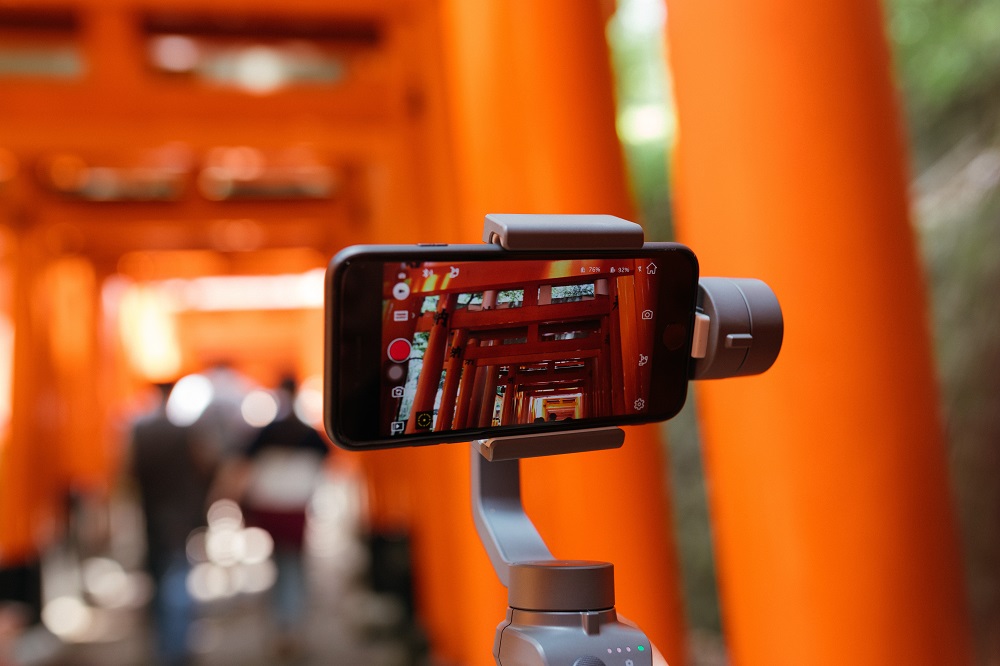When Vine started in the early twenty-teens, we could have never imagined it blooming into a content type that’s on every app. TikTok is credited for bringing back the format, but Instagram reels weren’t too far behind.
Now even YouTube has its own version of short, catchy videos. Everyone’s doing it — especially savvy business owners who recognize the power of marketing with Reels.
If you’re having trouble getting your videos to go viral or even get a decent amount of views, figure out what’s broken in your reels content strategy below.
1. Your Videos are Blurry and Have Low Resolution
Most people have either the latest phone model or something close to it. That means they’re viewing your Instagram video with high resolution. Anything less than the highest quality video content will look blurry and outdated, causing them to scroll without considering your content.
If it’s in the budget for you to upgrade your phone to get a better camera, you should do so, but that’s not the only solution. Natural lighting, no background noise, and an adjustable camera tripod/phone stand can go a long way to improve your video quality on a short budget.
2. Your Videos are Visibly Repurposed From Another App
While yes, it’s okay to use the same content on different platforms (though TikTok now allows up to three minutes vs. Instagram’s one), it’s not okay to repost them with branding from another app.
Not only does this reduce the video quality, but your TikTok video will contain a logo for Tiktok, along with a watermark with your username there.
These seem like small details, but when there are millions of Reels being made a day, the details matter. If you’re going to upload the same video to two apps, make the content on your phone, then upload it to the apps separately.
3. Your Videos Have a Border Around Them or Aren’t Optimized for Platform Size
When filming videos for apps, you should have your camera vertical, filming from a portrait perspective. If you film your videos on landscape mode, the platform will automatically fill the rest of the screen black, making your video a small stripe in the middle.
Not only is does this make detail hard to see, but people don’t like feeling like they’re watching a DVD from 2007. Phone stands and tripods are a great way to make sure you’re filming in this orientation; just make sure your camera is level!
4. Your Text is Covering Too Much of Your Video
When you upload an ad to Facebook, your image can’t be more than 20% text, or the AI will reject them. That’s a good rule of thumb when it comes to reels too. Your reel will often be too short for anyone to absorb anything more than a few lines of information, and Instagram doesn’t currently allow pausing.
When you add text (in the appropriate amount), make sure it’s not covering an essential part of the video.
5. You Don’t Have the Correct Hashtags
Knowing the right hashtags for your social content is just as important as knowing the right SEO keywords for your website. Of course, you can post it without tags, but that’s going to make it a lot harder to find.
Do your research and include 3-5 hashtags in your caption, at least.
How to Make Instagram Reels Work for You
Now that you know what not to do let’s go over some good practices to get in the habit of. First, make sure you’re filming in portrait mode, on a high-quality phone, and that you’re not relying on too much text.
Next, design a cover for your reel (what it will look like on your profile) and pick relevant trending audio. Finally, use SEO-researched hashtags in the caption to reach your target audience.
For more tips on making Instagram reels or to figure out who your target audience is, send us a message – we’d love to help!

